Articles in accordance to ones published in popular magazines. In depth information on different topics around the main product lines.
Articles
Line Scan Cameras and Scanner Systems
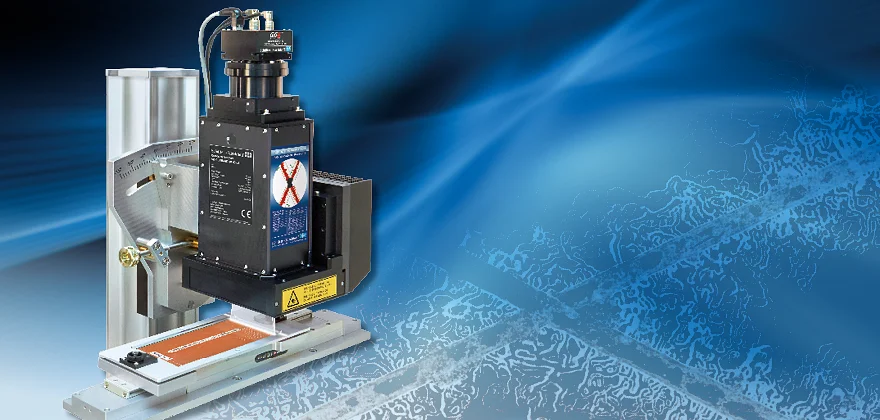
On the trail of rust
Evaluate corrosion test panels quickly and objectively
by Peter Gips
The „Corrosion Inspector“ is a color scanner system for the fast and objective evaluation of filiform and other corrosion phenomena, developed by the Hamburg-based company Schäfter+Kirchhoff. [more]

Automation of corrosion test evaluation
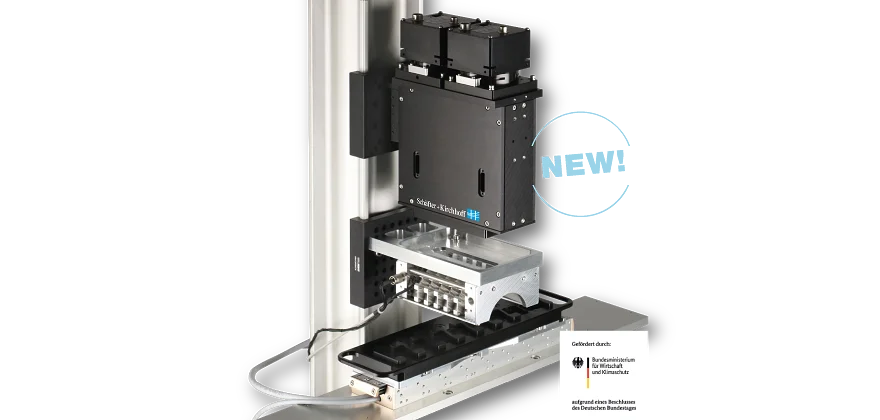
Article - AdheScan − adhesive failure surface inspection system
high-resolution stereo images
AdheScan finally provides valuable and reproducible data for bonding professionals as a basis for further research and development. Based on high-resolution images and height information, an expert can mark the identifiable fracture patterns. An algorithm is then trained using these annotations and further inspection is quick and easy. A prediction mode was developed for laboratory use when dealingwith very frequently changing substrate/adhesive samples. The large number of samples required in this industry can now be evaluated in an efficient, reproducible and accurate manner. [more]
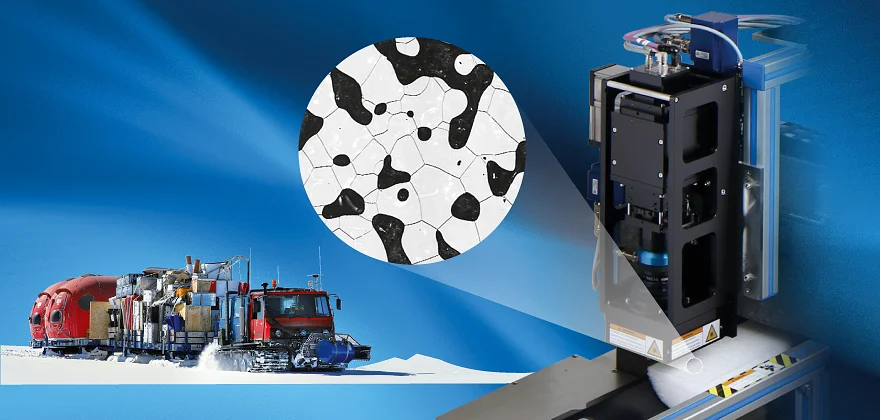
Rapid microstructure analysis of polar ice cores
Analyzing past climates using the Large Area Scan Microscope
by Anja Krischke, Ulrich Oechsner and Sepp Kipfstuhl
With climate change and its implications for society and the Earth being a frequent topic in both politics and science, measureable data on the influence of mankind on current and past climate has become essential information for making predictions and decisions about future climate.
The polar ice sheet provides information about temperature, precipitation as well as gas and aerosol concentration as a unique depiction of climate throughout hundreds of thousands of years.
The information obtained from ice cores enables future climatic events as well as general material properties of ice to be better understood. The longest ice core drilled in the Antarctica has a length of 3270 m and contains climate information dating back more than 800000 years. [more]
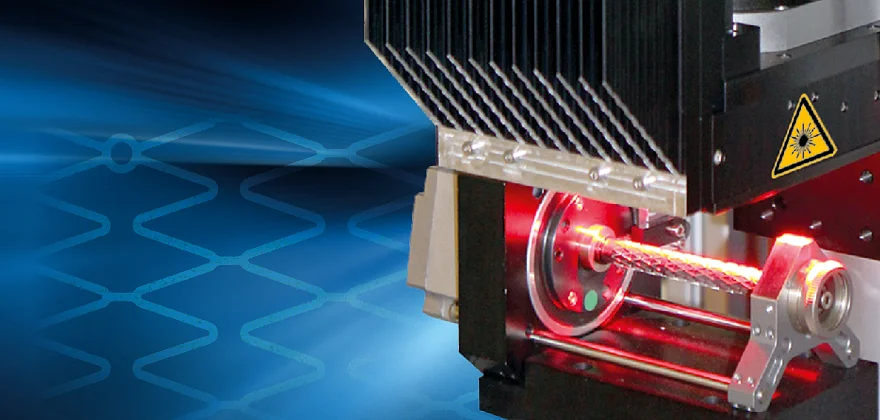
Telecentric imaging with line scan cameras
High resolution imaging and width measurement of stents
by Peter Gips, Gregor Federau and Ulrich Oechsner
Line scan cameras are semiconductor cameras used in many industrial environments. Most have just one photosensitive linear array, but some have single arrays with sensitivity for different colors (for example: RGB line scan camera with three arrays).
A line scan camera can be used for onedimensional measurements, such as determining the width of a gap, or for producing a twodimensional image by moving either the camera or the object, like a photocopier or a fax machine.
The main advantages of a line camera include high optical resolution and speed, the ability to synchronize each line and the freedom to produce an image of almost unrestricted length. [more]
Lasers for Machine Vision
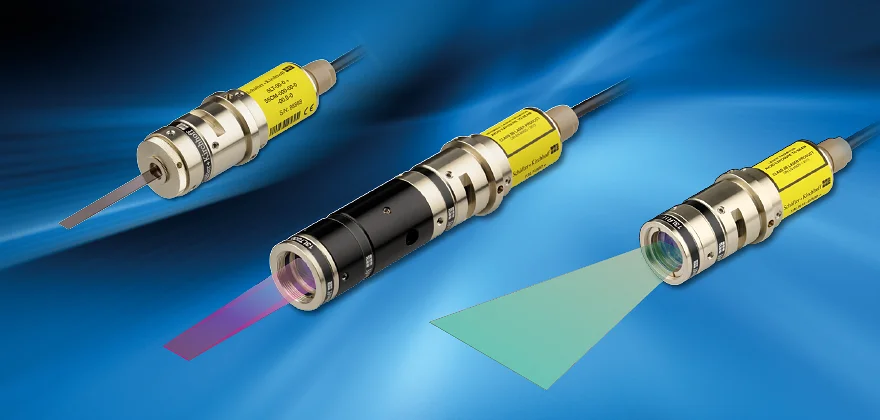
Laser Sources for Metrology and Machine Vision
Laser diode based laser sources for high precision measurement and inspection systems
by Dr. Ulrich Oechsner, Dr. Christian Knothe, Mats Rahmel and Michael Schulz
Modern measuring techniques often involve using lasers specifically designed for
the demanding requirements of industrial tasks.
An increasing number of laser
diodes have become available in the green and blue region of the visible spectrum
so that laser-diode based modules now cover the full range from UV to IR.
A variety
of beam-shaping techniques can be used to produce the particular beam profile
necessary for a specific measuring task. [more]
Fiber OPtics
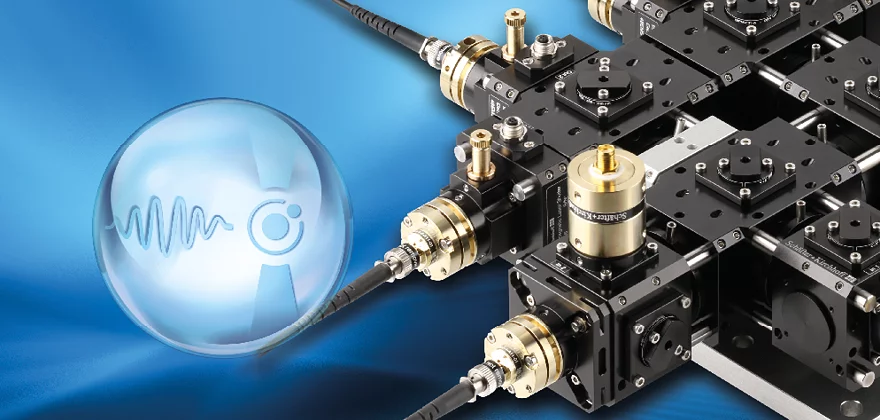
Fiber Optics for Quantum
How to get light into quantum computers
by Anja Knigge, Christian Knothe and Tobias Kroker
Technical progress in both industry and science has enabled preparation,
manipulation and probing of quantum systems with unprecedented level of control.
This provides the basis for a multitude of so-called quantum technologies like
quantum cryptography, quantum sensors and quantum computers, which are
currently developing from laboratory experiments to commercial applications. [more]
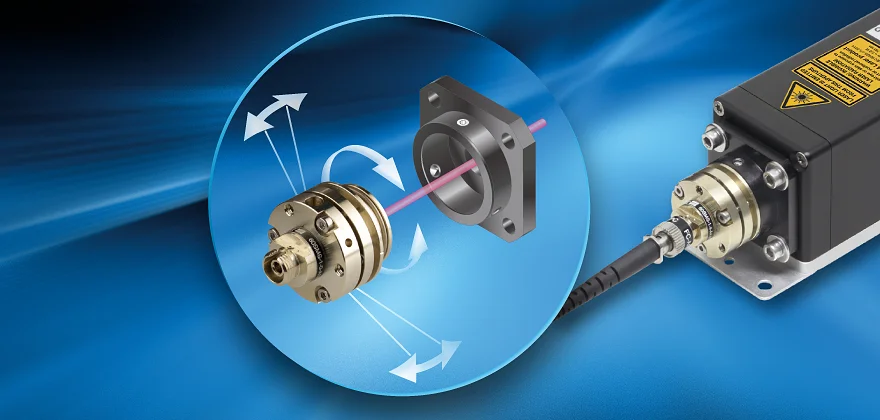
Perfectly coupled
Making single-mode fiber coupling smooth and permanent
by Christian Knothe, Anja Knigge and Ulrich Oechsner
Long-term stable fiber-coupling requires sub-micron precision and pointing stability. This is especially true when a polarization-maintaining single mode fiber is to be permanently attached to a free beam laser. Tests of a popular single-mode coupler have shown that it is possible to achieve outstanding longterm stability over a wide temperature range while having a sensitive adjustment procedure. [more]
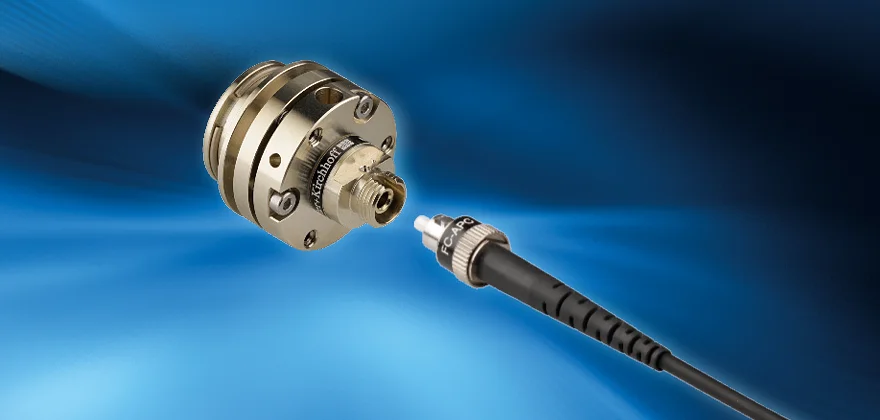
Fiber Coupling to Polarization-Maintaining Fibers and Collimation
How measured fiber parameters help to choose the best coupling and collimation
optics.
by Christian Knothe, Anja Knigge and Ulrich Oechsner
Long-term stable fiber-coupling requires sub-micron precision and pointing stability. A stable measurement setup is fundamental for any successful measurement. A major cause of frustration and error is the need to continuously readjust optomechanical equipment because of continuous instabilities. But first decisions have to be made about which components to use.
Detailed measurements of fiber parameters like e.g. an effective numerical aperture allow a better understanding which other fiber optic components are suitable for the application at hand. Indepth knowledge about the different parameters is key for this procedure.
The online product configurators on the new Schäfter+Kirchhoff website provide this information quickly and easily and help narrow down the search to the most relevant choices. [more]
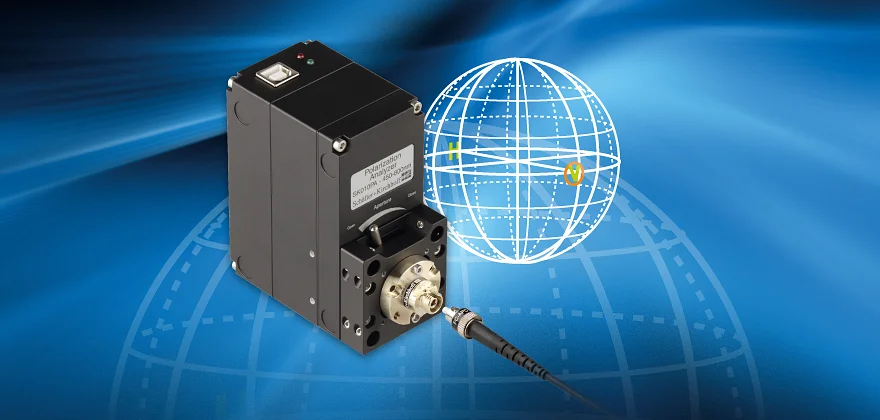
Polarization Analyzer for Fiber Optics and free beam applications
The state of polarization plays an integral role in many optical measurement techniques. The defined adjustment and setting of the polarization as well as its precise measurement often is fundamental to further success.
The polarization analyzer was developed for the precise coupling of linearly polarized light into polarization-maintaining fibers as well as for the setting of a welldefined state of polarization in free beam applications.
The compact design with communication and power supply via USB facilitates its easy incorporation into already existing setups, whether used as a mobile measuring device or permanently built into an industrial routine. [more]
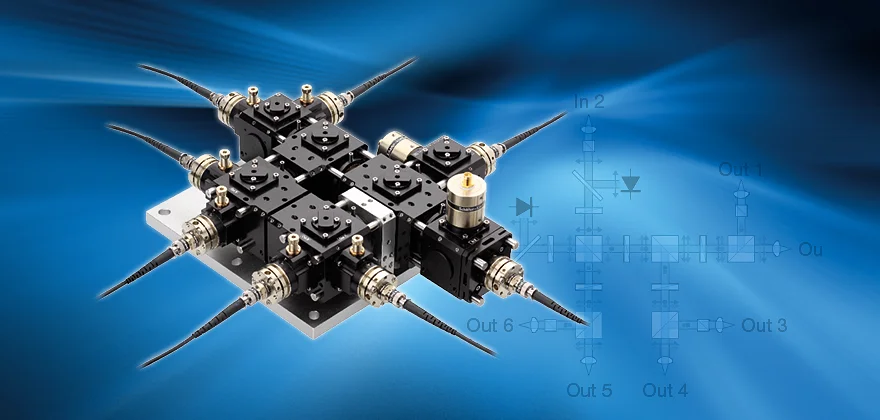
Fiber Port Cluster
Rugged, modular and fiber coupled beam splitting and combining units
by Anja Krischke, Michael Schulz, Christian Knothe and Ulrich Oechsner
A stabile measurement setup is fundamental for the success of an experiment, e.g. in quantum optics. A major cause of frustration and error is the need to continuously readjust opto-mechanical equipment because of their instabilities.
By using fiber optics, both stability and convenience are significantly increased compared with standard breadboard setups. A fiber port cluster, for example, can split the radiation from one or more light sources and distribute it on several polarization-maintaining output fibers with high efficiency.
The assurance of stability in the opto-mechanics means that the full focus can be set on the experiment (and not the equipment). [more]
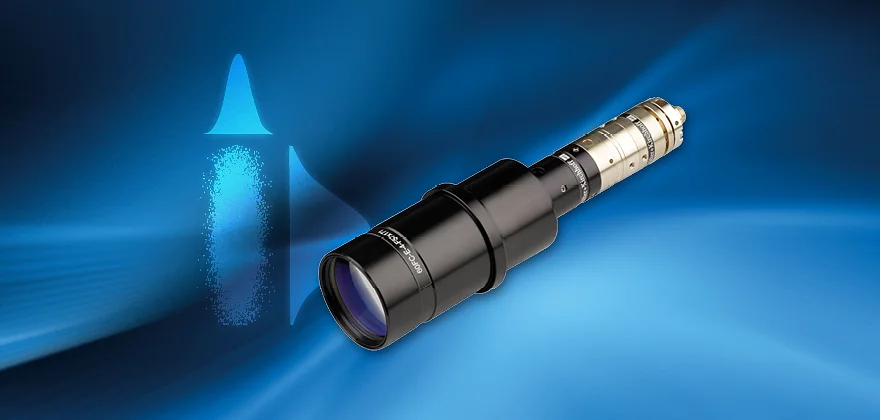
Specialized fiber collimators
Cooling and trapping atoms using specially developed fiber collimators
by Anja Krischke, Michael Schulz, Christian Knothe and Ulrich Oechsner
The general interest in the investigation of ultra-cold atoms and their distinct features has been constantly growing over the last decades.
Whereas in the beginning the process of cooling down presented the major challenge, now the extraordinary features of these ultra-cold systems - for example Bose-Einstein- Condensation - motivate researchers world-wide to look closer than ever.
Using fiber-optic equipment has been proven to be a powerful tool for these experiments that profit from the increased stability and convenience. The large variety of requirements e.g. on the collimation for the different quantum optics experiments is resembled in the number of specially designed fiber collimators.
These include fiber collimators with integrated quarter-wave plate for the direct generation of circularly polarized light or anamorphic optics to produce elliptical beams. [more]
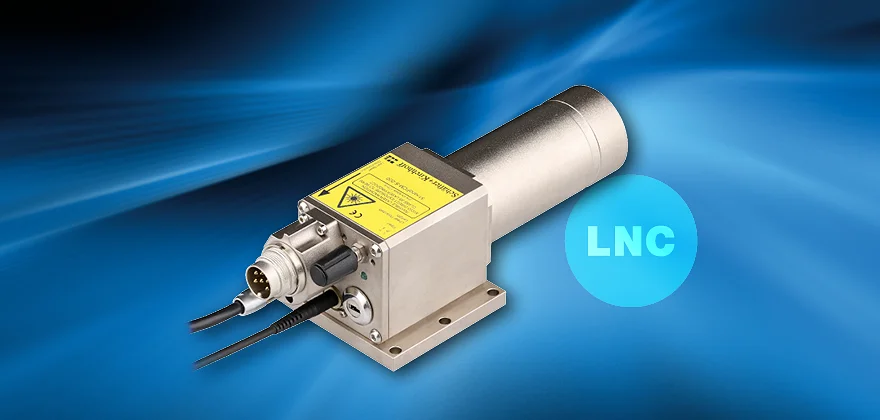
Article - Fiber coupled low coherence laser sources
Series 51nano
by Anja Knigge, Michael Schulz, Christian Knothe and Ulrich Oechsner
The fiber coupled laser source series 51nano is a low coherence laser source coupled to a singlemode or singlemode polarization-maintaning fiber cable. Special features inlude low coherence as well as low power noise and as a result often unwanted intereferences can be oppressed. It is often used as a laser for high precision position measurement or as a pilot laser during alignment tasks. Other applications include Atomic Force Microscopy (AFM) or back-reflection particle measurement. [more]
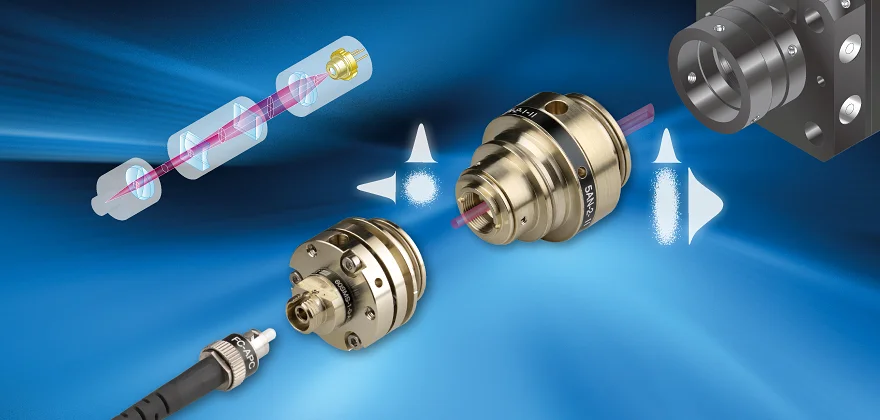
Anamorphic Shaping of Laser Beams
How to Transforms a Collimated Laser Beam with Elliptical Cross-section into a Circular Beam or Vice Versa
by Ulrich Oechsner, Christian Knothe and Mats Rahmel
Anamorphic beam shaping optics are, e.g., used to transform elliptical laser beams to a round shape before coupling them to single-mode optical fibers. Conversely, there are cases where originally round laser beams need to be transformed into an elliptical shape. The article describes some sample applications and discusses several concepts of anamorphic beam shaping and their respective advantages and disadvantages. [more]